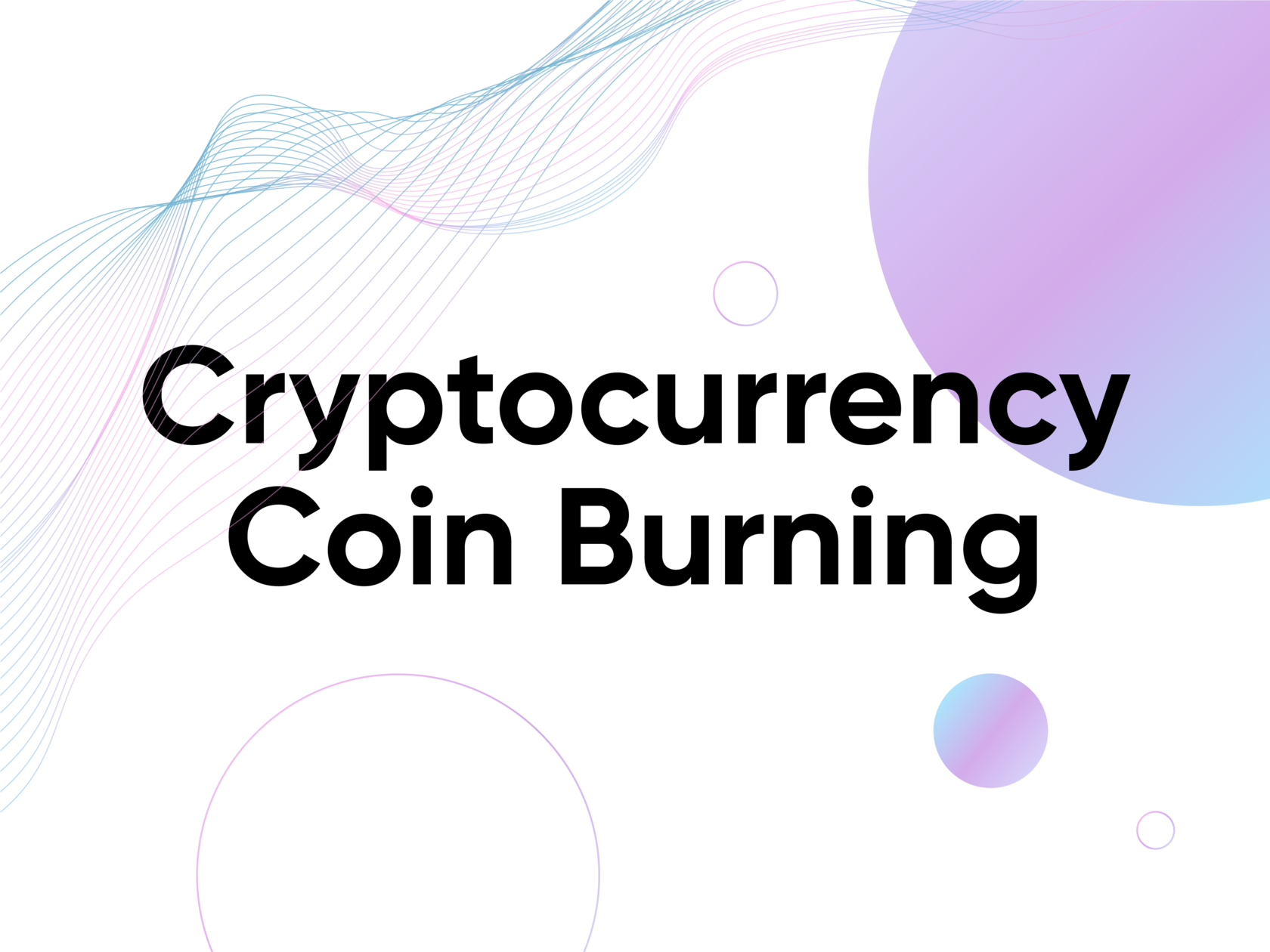Cryptocurrency burning is the intentional destruction of a certain number of tokens in circulation. Many cryptocurrency projects use this mechanism to regulate issuance.
Why burn digital coins
Tokens can be destroyed for several reasons: for example, in order to increase the rate of the cryptocurrency. Burning some coins makes every remaining token more in demand, and its price goes up.
Also, the withdrawal of cryptocurrency from circulation is carried out to prevent inflation and depreciation of the asset. With unlimited issuance, the number of coins is constantly growing, and each individual token gradually depreciates in value. Then the developers conduct incineration to prevent the cryptocurrency from falling in value. Thus, there is always about the same amount of cryptocurrency in circulation. The volume and frequency of this operation depend on the issuance rate.
Some projects destroy coins after the ICO if not the entire amount of cryptocurrency was sold during the campaign. In this case, developers retain the price of coins already purchased by investors.
How cryptocurrencies are destroyed
1. Commission Burning
Transaction commissions are usually sent to miners, but there are cryptocurrency projects in which these funds are destroyed. To do this, a transaction is conducted, the commission for which is set to the amount needed to be burned. The sent tokens remain in the blockchain, and the excess funds are "eaten" by the system.
2. Algorithm
Sometimes developers initially put a Proof-of-Burn algorithm in the blockchain. When a transaction takes place, miners send some of the coins to a special address to which no one else has access. The transaction is recorded in the blockchain, which is the proof-of-burn of the coins.
3. Wallet burning
A lot of projects use the burn method via a wallet without private keys. The amount to be destroyed is sent to it. There is no access to such a wallet, so any interaction with tokens at such an address is unavailable. Projects openly publish data about such wallets and burn operations.
4. Software
For some types of cryptocurrencies, special software has been developed that allows you to burn previously created coins. This is one of the easiest ways to destroy tokens: the user only needs to enter the amount needed to burn into the software, and the process will start automatically.
5. Hardfork
During a hard fork, changes are made to the blockchain, whereby the old version of the network stops functioning and supporting tokens. The new version of the blockchain is launched with the amount of cryptocurrency that was decided to be left in circulation.
Cases
- Ethereum
- Binance Coin
- Tron
- Ripple
Many different cryptocurrency projects actively practice coin flaring to attract investors' attention: Shiba Inu, Stellar, BabyDoge, Elastos, Optimism, Fidelium, and others.
Who benefits from it?
By destroying coins, developers buy them back with their own money or donate a portion of their income in one way or another. However, still remaining holders of this cryptocurrency, they are betting that the asset will grow in value in the future. In many cases, burning is done to make the crypto project more successful and attract more users.
At the same time, coin burning can strengthen the reputation of a crypto project. Destroying unsold tokens after an initial public offering increases the credibility of the developers and helps the coins gain a foothold in the crypto market.
Investors also benefit when a project burns unsold tokens after an ICO. Therefore, initial public offerings, after which the burning of remaining tokens is announced, are more popular. The use of this tool shows that the developers believe in their project and that the currency will grow in the long term.
However, burning coins does not guarantee an increase or stabilization of the asset value: if the project is not in demand, the reduction in the number of coins will not affect the token exchange rate in any way. Also, one should not rule out the impact of the overall market situation. In times of increased uncertainty, cryptocurrency destruction may not have the desired effect.
